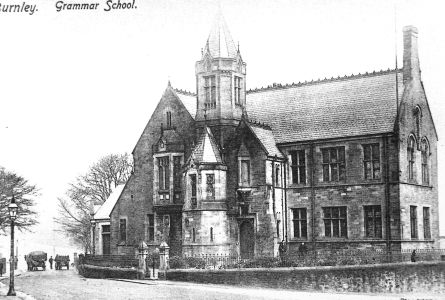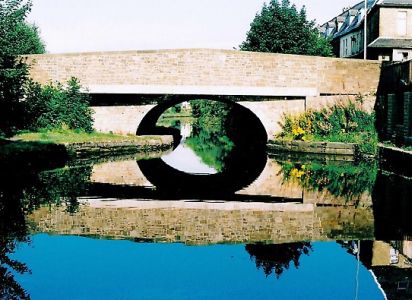
Trust History
History and Achievements
Burnley Civic Trust was founded in 1964 following the formation of the National Civic Trust in 1957. At the time Burnley was commencing a period of considerable change. There were fears that the identity of the town might be compromised by large scale redevelopment in the town centre, the creation of several large industrial sites and the potential changes in local government were also a cause for concern.
Burnley had enjoyed a good record with regard to the preservation of its most historic buildings - the Parish Church of St.Peter, Towneley Hall, Gawthorpe Hall and numerous lesser buildings. Parts of the town, with its delightful handloom weavers cottages, its manufacturers houses and industrial communities, were worthy of Conservation Area status and Burnley's mainly Victorian public parks were amongst the finest in the country.
Few industrial towns had managed to save its original mediæval market cross, its ancient stocks and its oldest water supply. There were also gems in the countryside around the town which without local support might have been at risk.
It was into this situation that the Burnley Civic Trust began its work. The Trust contributed in all of the above but it also pioneered early tree planting and recycling schemes. It provided support for much larger environmental projects, like clearing dereliction and improvements to the canal.
Members of the Trust also became involved in other but related schemes many of which have been successful in their own right. The Trust retains close links with The Friends of the Weavers' Triangle which runs a most successful Visitor Centre in Burnley. Trees for Burnley, closely related to the Trust, has carried out numerous tree planting schemes, undertaken a lot of local hedge laying and was the catalyst for the massively successful Forest of Burnley Project in which over one million trees were planted in the Borough as part of the national Millenium Project.
In recent years things have changed but Burnley Civic Trust still considers all the planning applications which have heritage associations. It runs the Burnley Blue Plaque scheme, has its own publishing programme, holds public lectures on conservation and heritage issues and continues to work with partners and like minded bodies in Burnley and beyond.



